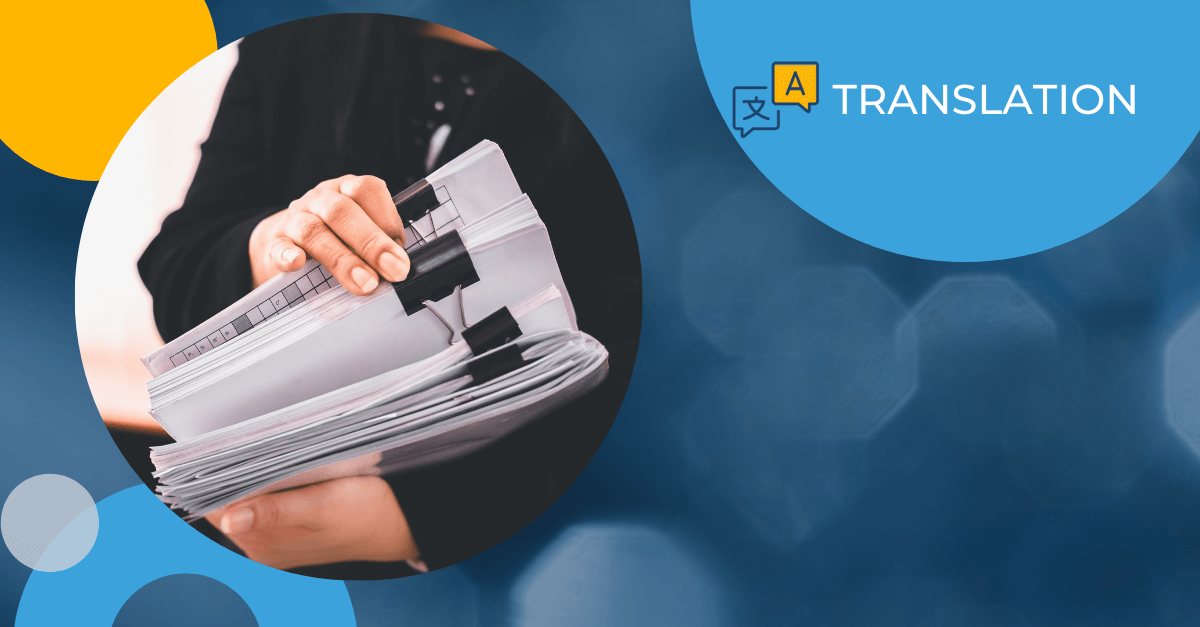For companies and organizations planning on expanding into new territories, here is a translation beginners guide to the world of document translation. In order to build a professional reputation, high quality and accurate translation is key across all documentation. Before contacting a translation service for a quote, it’s important to figure out exactly what you’ll need from them, so ask yourself the following three questions:
1. What type of documents do you have?
Are you a business planning to expand into a new region? Or are you an engineering firm that requires the translation of technical documents for a different country? In order to find a translation company that is best suited to your needs, you should know what type of documents you have; are they legal, business, patent, medical or technical? With this in mind, you can approach skilled translators that have specific experience in the field most relevant to your documents and the quality of translations you require.
2. Which countries and languages will you be translating into?
Translating isn’t always as simple as rewriting text into a new language; you need to consider the culture of your new audience too, and should take into account industry-specific technical terms, local dialect and even the formatting and style that meets expectations for such documents in your target country. When you approach translation companies, be sure to clarify both country and language to ensure that your documents are translated to a high standard for your target audience.
3. Who do you want to work with?
There is a wide-range of translation providers out there, each with their own pros and cons:
Translation Company
The biggest upside of working with translation companies is that they can usually handle large amounts of documents at one time and with short turnaround time, since they often have a large pool of translators they can call upon. Plus, their translation teams will likely be made up of a range of vetted translators with different areas of expertise so you can be confident that each document is handled by the most suitable translator. Another benefit of using a translation company is that the translated documents usually go through several stages of editing, proofreading and quality control to minimize the likelihood of errors. But not all translation companies are the same, and like so many things in life, you get what you pay for, so make sure that the translation companies you are considering for a specific project include proofing in their fees.
Freelance Translator
Working with a freelancer is a great way to build up a long-term and reliable relationship and cut out the middle-man, but the downside is that they may not be able to handle bulk quantities of work and most likely can only handle 1-2 language combinations. If you’re well organized and can work with long lead-times, this may not be a problem, but for busy companies that require a fast turnaround, a freelancer may not be the best solution. In addition, it may prove to be difficult to determine the quality and skill sets of a freelancer, which can vary considerably.
Bilingual Staff
Hiring permanent bilingual staff is a great solution for companies that want to keep document translation in-house, as there will always be a translator on hand for moments where deadlines are tight. For companies that work in just one or two foreign countries and regularly translate documents into just those languages, in-house translators are incredibly useful and may also be the best option in terms of cost. However, for companies which require translations for several countries, or only need translators on an ad-hoc basis, it can become expensive and cumbersome to hire permanent staff to handle all languages required.
Machine Translation
Although the likes of Google Translate can be useful for basic translations or getting the gist of a document, when it comes to official documents, business documents, marketing documents etc. they are simply not sophisticated enough (yet) to accurately translate your materials and often produce gibberish. Machine translation tools can be helpful, providing that you have a native speaker read over the translation afterwards to check for errors, but they will not provide the professional results that an experienced human translator can.


